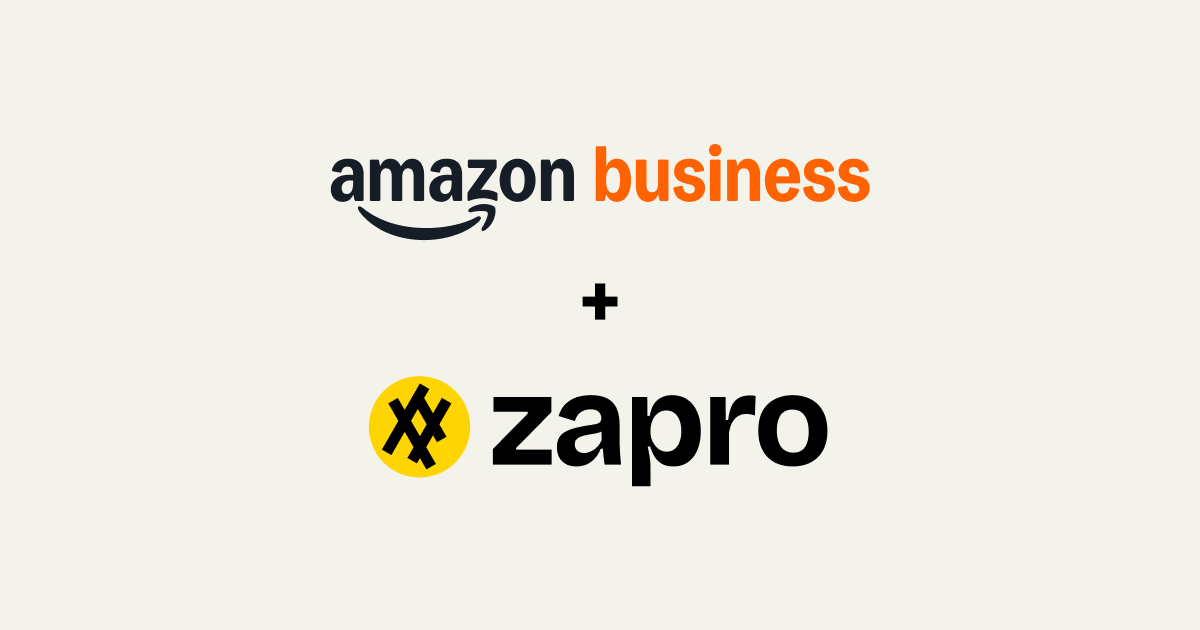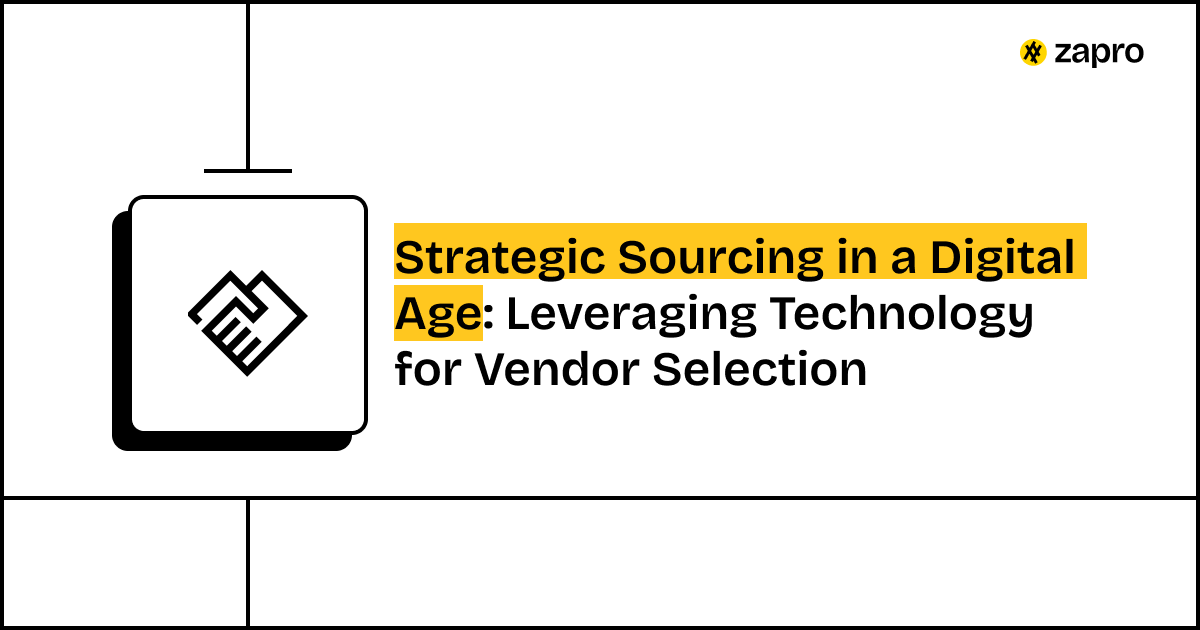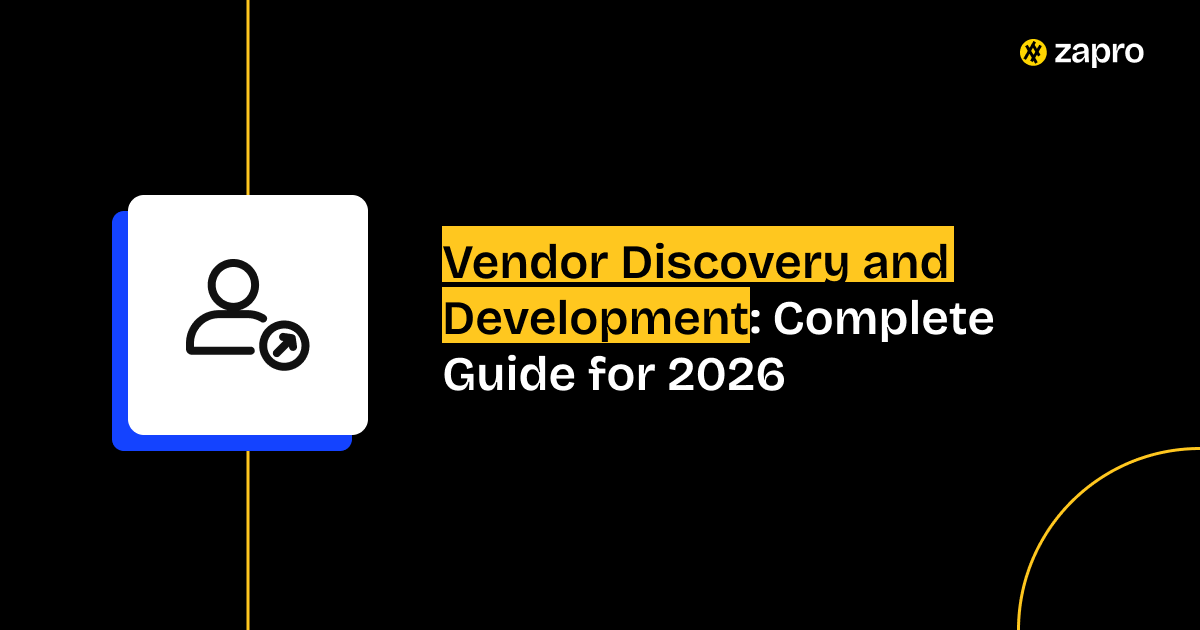Organ for their operations. SaaS solutions enable organizations to achieve innovation and flexibility and scalability but they create new challenges for vendor performance management (VPM). The performance evaluation of SaaS vendors requires distinct methods becauseizations across the digital world depend heavily on Software as a Service (SaaS) and cloud-based platforms they provide ongoing software and service developments.
This blog post here examines SaaS supplier management risks while presenting essential performance indicators and strategic methods which help IT and procurement leaders to maintain control over their vendors. The guide demonstrates how Zapro.ai enables SaaS vendor management through automated processes which provide real-time analytics and complete visibility.
The Distinct Landscape of SaaS Vendor Management
Why Traditional VPM Doesn’t Fully Apply to SaaS
The current vendor performance management systems concentrate on measurable results which include delivery times and cost effectiveness and service quality standards. The subscription-based model of SaaS vendors delivers ongoing value through their continuous provision of uptime and security and innovative services.
The current VPM system fails to meet the requirements of modern business operations. The management of SaaS performance needs continuous tracking systems which adapt to changing service standards and user requirements and technological advancements. The main objective of SaaS vendor management involves maintaining continuous performance delivery and security standards and business-focused alignment throughout the entire partnership.

SaaS spend continues to grow by 15-20% annually, as organizations maintain an average of over 125 different SaaS applications totaling $1,040 per employee annually. IT typically is aware of only a third of those due to decentralized ownership.
Unique Challenges in SaaS Vendor Performance Management
SaaS management requires specialized methods to address its multiple insufficient elements.
1. Service Level Agreements (SLAs) vs. Actual Performance
SaaS contracts contain Service Level Agreements which specify performance standards for uptime and response times and issue resolution. Real-world operational results frequently deviate from what the agreements specify. Real-time dashboard monitoring of SLAs through dashboard systems enables organizations to enforce vendor accountability for their contractual obligations without any time delays.
2. Data Security and Compliance (GDPR, SOC 2, etc.)
Security and compliance stand as essential elements for SaaS management operations. SaaS vendors need to fulfill all requirements from GDPR and SOC 2 and ISO 27001 standards for security and compliance. Your organization becomes vulnerable to threats when vendors fail to meet their compliance requirements. Organizations need to perform regular audits and document reviews to sustain trust and maintain compliance standards.
3. Uptime, Reliability, and Incident Response
The duration of system downtime creates direct negative effects on operational performance and customer satisfaction levels. Business operations remain uninterrupted when vendors demonstrate excellent performance through uptime monitoring and latency tracking and MTTR measurement and incident response evaluation. The measurement provides exceptional insights into operational excellence.
4. Feature Development, Roadmaps, and Innovation
SaaS vendors operate at high speed because they focus on fast business expansion. The evaluation of vendor product development plans and their update schedules and customer feedback response enable organizations to verify that their product strategy matches their business requirements.
5. Integration Complexity and Ecosystem Management
SaaS applications function independently from each other in most cases. The combination of poor integration between systems leads to data fragmentation and operational workflow problems. The assessment of integration capabilities between tools helps organizations achieve better vendor value and operational efficiency.
6. User Adoption and Training Effectiveness
The success of any SaaS tool depends on user acceptance and their ability to learn its features. The evaluation of user adoption levels and their interaction with the system and their response to training programs helps organizations understand how well their users utilize the platform. The platform delivers its actual value to users through this detailed monitoring system.
7. Cost Optimization and License Management
SaaS subscription expenses will rise rapidly when organizations fail to monitor their usage. The combination of usage reviews and license audits and renewal tracking enables organizations to prevent underutilization and achieve optimal subscription expenses. The process of financial oversight requires extreme attention to detail.
Key Performance Indicators (KPIs) for SaaS Vendors
To effectively manage these unique inadequacies, your VPM framework must include specialized KPIs:
Technical KPIs
- Uptime percentage
- Average latency and load time
- Error rate per transaction
- Mean Time to Recovery (MTTR)
Security & Compliance KPIs
- Security audit and compliance scores (e.g., SOC 2 report availability)
- Frequency of vulnerability scans
- Incident response times (measured against the contract SLA)
- Data protection and encryption levels adhered to
Business Value KPIs
- Active user rates (measuring adoption)
- Vendor ROI and cost per active user
- Feature adoption rates
- Support response and resolution times
Relationship KPIs
- Vendor responsiveness
- Account management quality
- Alignment with your strategic goals
- Flexibility in contract and SLA negotiations
Monitoring these KPIs ensures outstanding visibility into performance, risk, and value, allowing you to make data driven decisions overall about your SaaS partnerships.
From SaaS Chaos to Strategic Clarity

Strategies for Effective SaaS Vendor Oversight
Robust SLA Monitoring and Enforcement
Automated tracking systems monitor SLA performance through uptime and latency and response time metrics in real-time. The comparison between actual performance and contractual promises becomes simpler through dashboards which enable smooth follow-up procedures when performance deviations occur.
Regular Security Audits and Compliance Checks
Security and compliance reviews should be performed on a regular basis to confirm that your organization follows GDPR and SOC 2 standards. Your vendor risk management framework becomes more robust through documented findings which help you avoid penalties.
Collaborative Roadmap Discussions
Hold vendor quarterly business reviews (QBRs) with vendors to align product roadmaps, discuss integration improvements, and ensure ongoing business relevance. This is an effective step in improving vendor relationships.
User Feedback Integration and Support Ticket Analysis
The system should allow users to provide feedback while support ticket analysis helps detect both common system problems and missing features. The vendor will understand the actual effects of their tool through this approach which leads to better partnerships and ongoing system development.
Exit Strategy and Data Portability Planning
Always prepare for potential vendor transitions. Ensure contracts include data portability clauses and test export capabilities regularly to maintain business continuity. This minimizes dangers during any future relationship wind down.
Leveraging Zapro.ai for Specialized SaaS Vendor Performance Management
Managing many facets of SaaS vendors manually can quickly become complex and time painstakingly. Zapro.ai streamlines the process by centralizing all vendor data, contracts, and KPIs into one intelligent digital procurement platform.
With Zapro.ai, organizations can:
- Automate SLA tracking and receive alerts for deviations without any delay.
- Centralize all SaaS vendor information and performance metrics into a single pane of glass.
- Customize KPIs to match organizational goals, moving beyond mere standard metrics.
- Manage security questionnaires and compliance documentation.
- Real-time vendor performance and risk assessment becomes possible through the platform.
Zapro.ai provides IT leaders and procurement teams and SaaS operations managers with complete visibility and control to support their data-driven decision making.
Conclusion: Maximizing Value from Your Cloud Investments
SaaS vendor performance management has evolved into a continuous process which requires organizations to work with vendors through ongoing assessment and teamwork for better results. Organizations can achieve optimal value from their SaaS partnerships through defined KPIs and SaaS oversight solutions and intelligent tools such as Zapro.ai.
SaaS suppliers who receive proper management will transform into strategic partners who drive innovation instead of performing basic service delivery. The method protects the outstanding vendor return on investment and fast business expansion which cloud investments offer.

Take Control of Your SaaS Ecosystem
Zapro delivers the visibility and insights you need to manage software suppliers effectively.
FAQ
1. How can SaaS companies simplify vendor performance tracking?
SaaS companies can simplify performance tracking by using automated platforms like Zapro that consolidate vendor data, track KPIs in real time, and generate insightful reports. This eliminates manual effort and ensures better visibility into vendor performance.
2. What’s the biggest challenge in managing SaaS vendor performance?
The biggest challenge is dealing with fragmented data across tools and systems. Zapro helps overcome this by offering unified dashboards that centralize all vendor metrics, making it easier to assess performance and align it with business goals.
3. Can automation improve SaaS vendor relationships?
Absolutely. Automation through solutions like Zapro reduces manual tracking, automates evaluations, and provides clear performance insights. This allows teams to focus more on strategic collaboration and less on administrative work.
4. How do I identify underperforming SaaS vendors quickly?
With a platform like Zapro, you can access real-time analytics and automated alerts that flag inconsistencies in delivery, cost, or quality. This proactive approach helps you address issues early and maintain strong vendor partnerships.
5. Why choose an integrated vendor management platform?
An integrated solution like Zapro combines performance monitoring, collaboration tools, and analytics in one place. This helps procurement and finance teams make faster, data-driven decisions while strengthening vendor relationships.
Don’t miss our weekly updates
We’ll email you 1-3 times per week—and never share your information.

 Healthcare
Healthcare Financial Services
Financial Services Technology
Technology Venture Capitalist
Venture Capitalist Chief Procurement Officer
Chief Procurement Officer Chief Financial Officer
Chief Financial Officer




